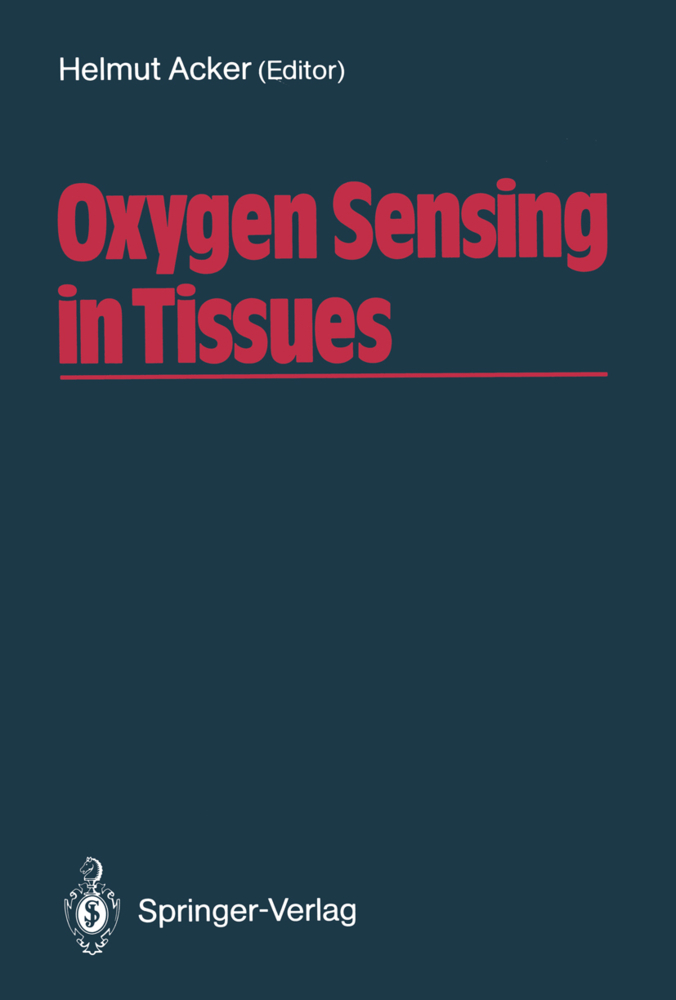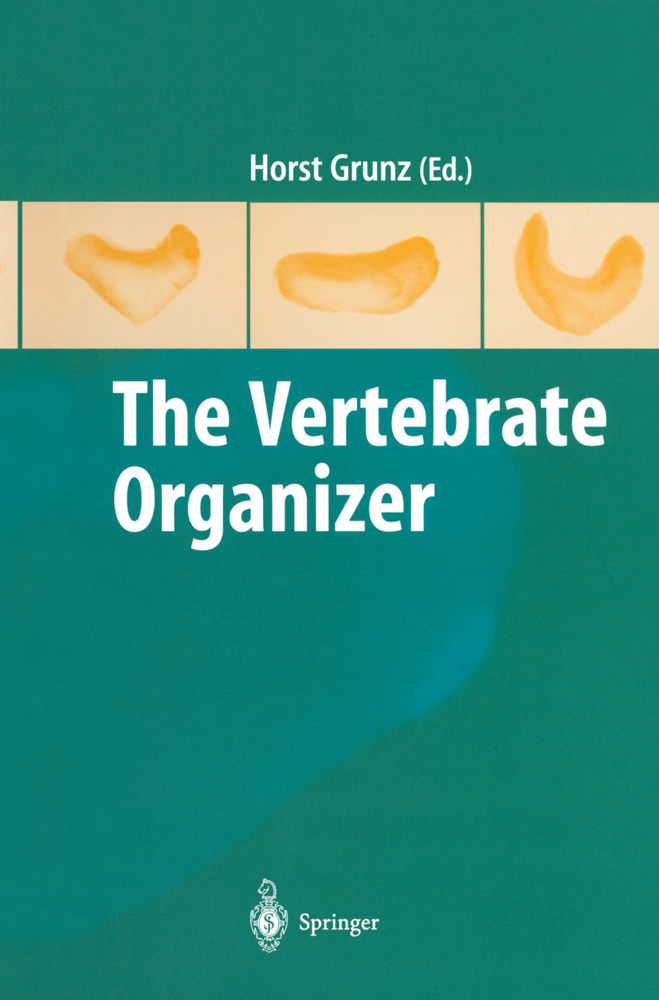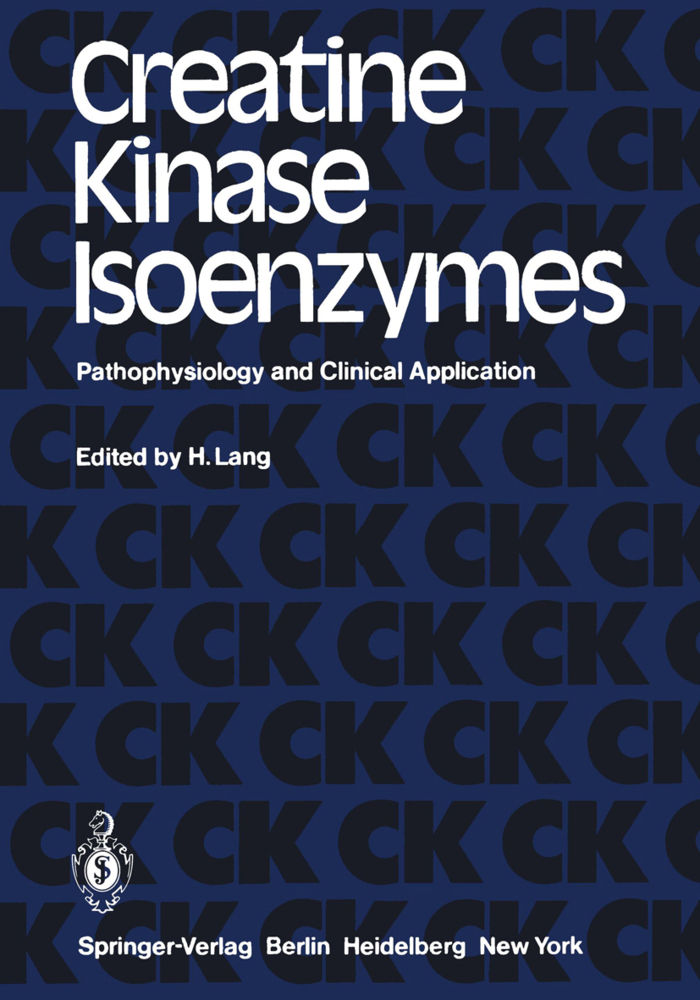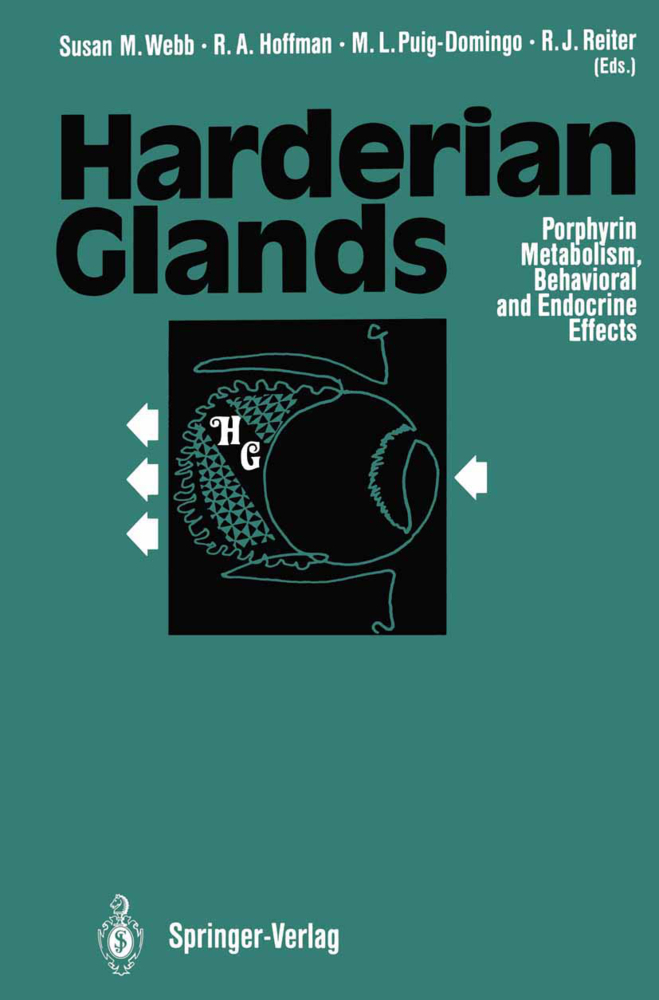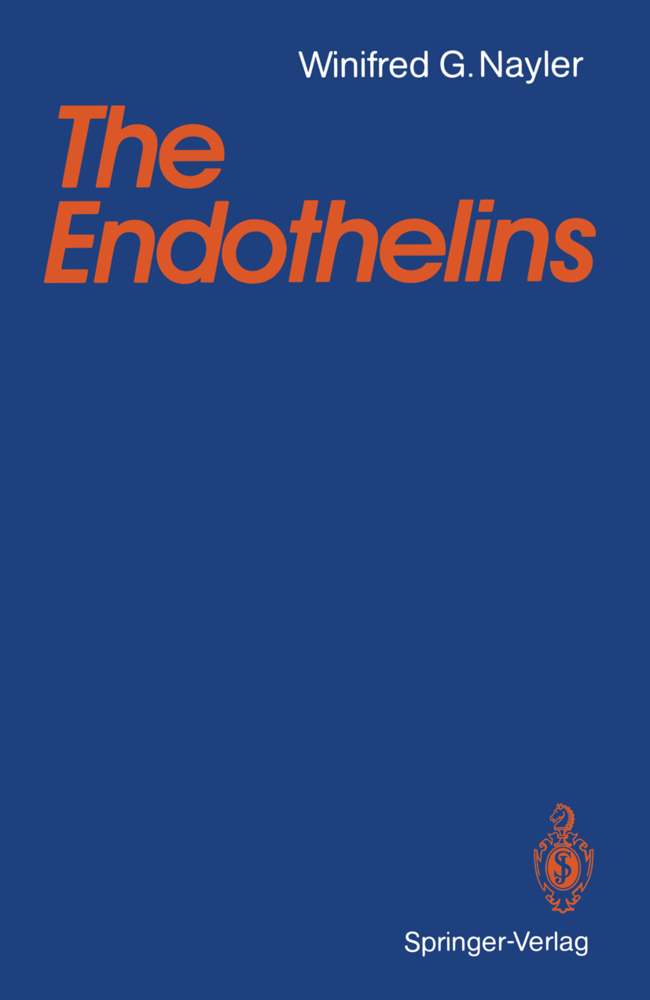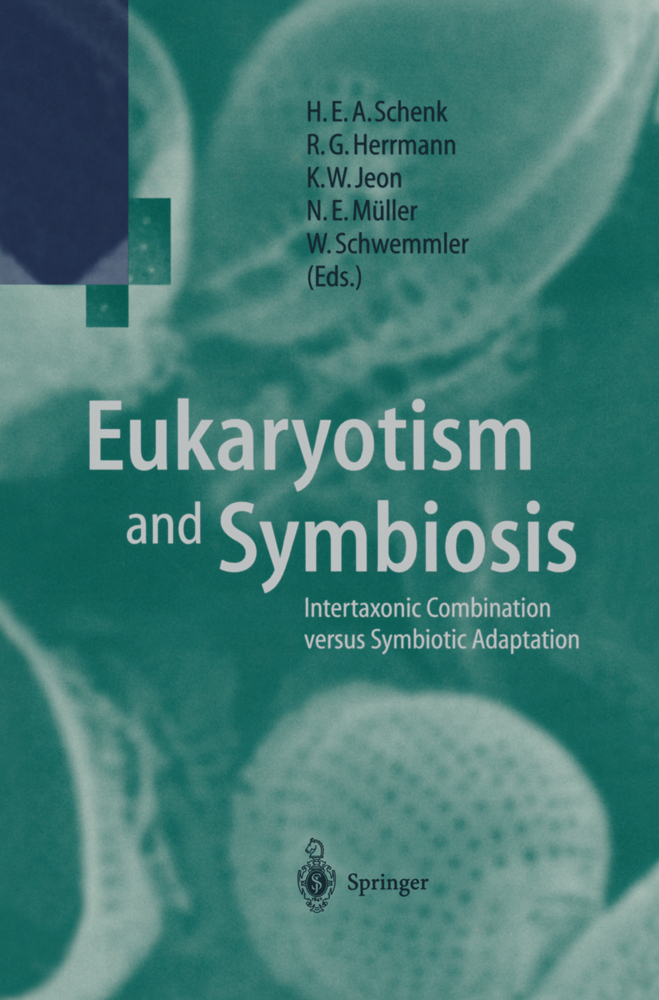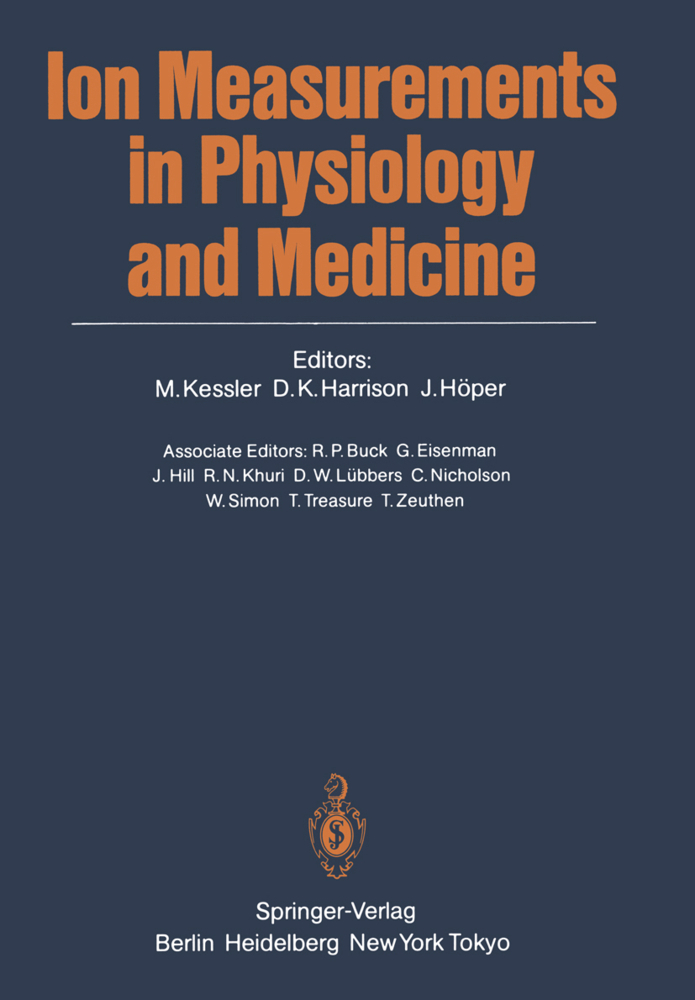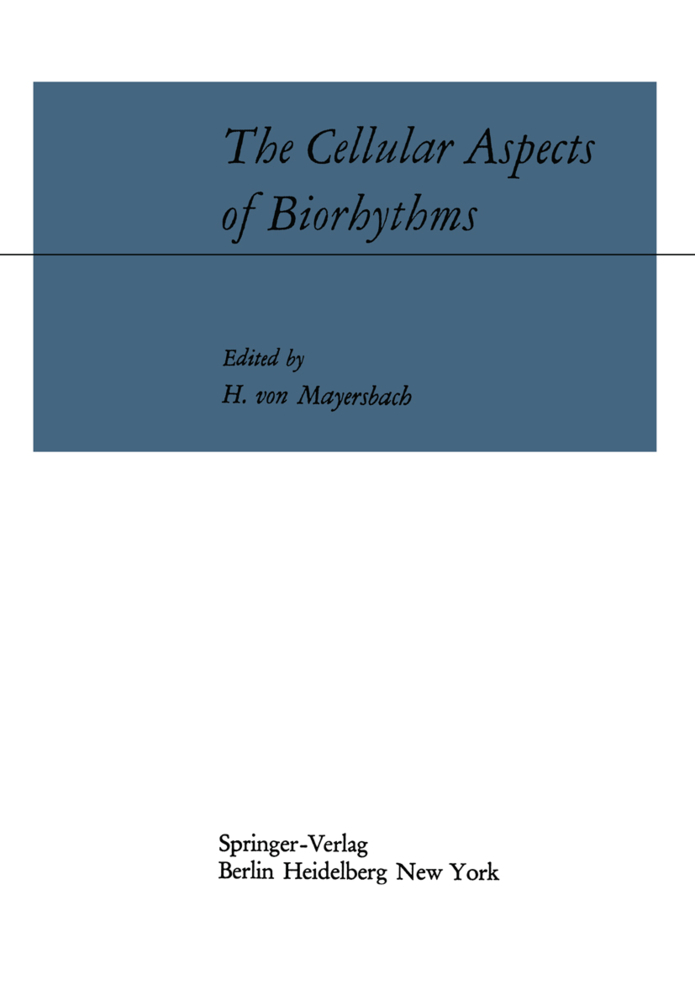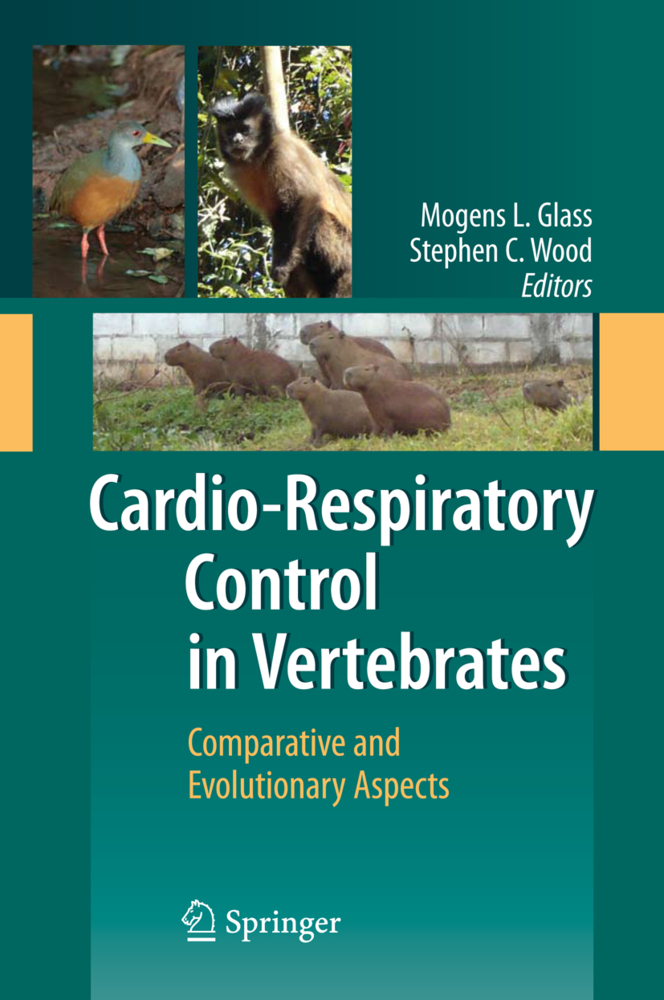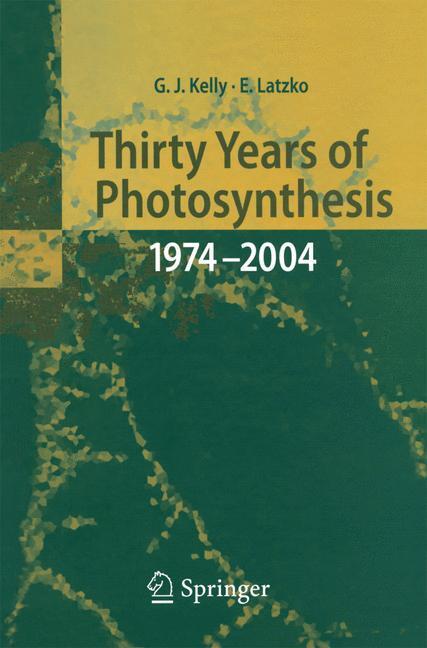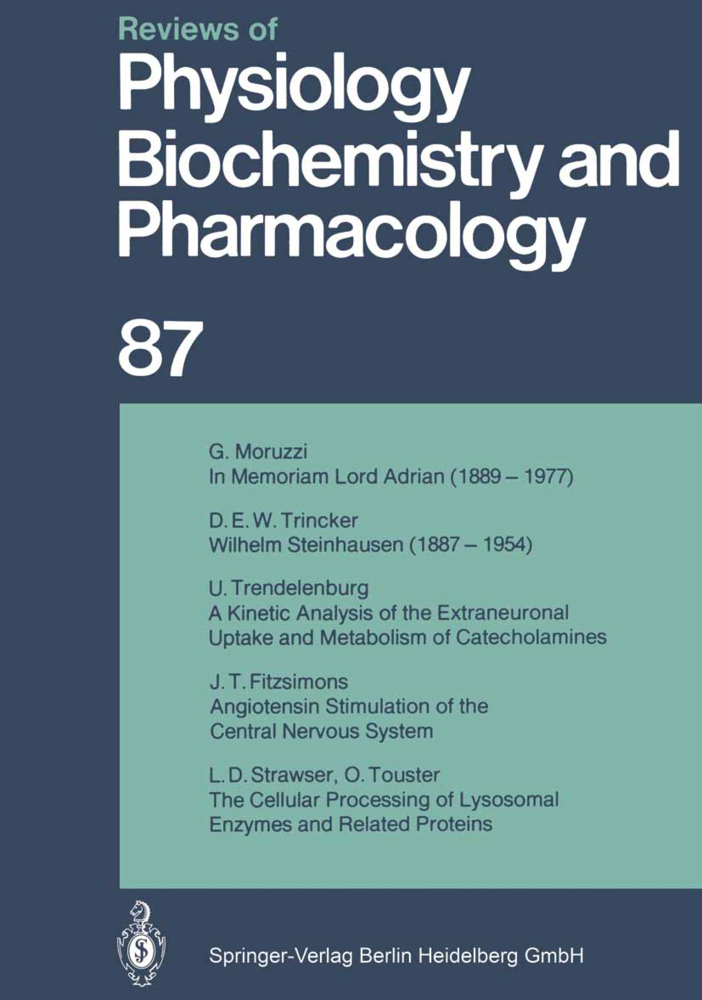Oxygen Sensing in Tissues
Oxygen Sensing in Tissues
Since oxygen is mainly transported by diffusion within tissue, the oxygen pressure field reflects the local balance between oxygen supply and oxygen consumption and characterizes the state of oxygen supply. Despite large physiological varia tions (e. g. , hypo-and hyperoxia, hypo-and hypertension, change of energy de mand), this oxygen pressure field can remain remarkably constant, demonstrating that very effective mechanisms must exist that guarantee the adequacy of oxygen supply. Today, it is possible to describe in detail the responsible effector mecha nisms that produce such a stable state of oxygen supply, but our knowledge of the reactions that sense tissue oxygen supply and trigger the regulatory responses is still incomplete. Since such knowledge is essential for understanding the system of oxygen supply and the way in which it has developed during evolution, even small progress is important. In this book the important O sensor reactions are discussed as they occur in 2 cells, organs, and organ systems. This broad approach gives an excellent picture of the actual state of knowledge in this field. Professor Dr. D. W. Lubbers Contributors Acker, H. Max-Planck-Institut fUr Systemphysiologie, Rheinlanddamm 201, 4600 Dortmund 1, FRG Bassenge, E. Institut fUr Angewandte Physiologie der Universitat Freiburg, Hermann-Herder-Stral3e 7, 7800 Freiburg, FRG Bingmann, D. Poliklinik fUr zahnarztliche Chirurgie, Universitat Mainz, Augustusplatz 2, 6500 Mainz, FRG Bauer, C. Physiologisches Institut, Universitat Zurich, Winterthurerstral3e 190, 8057 Zurich, Switzerland Busse, R. Institut fUr Angewandte Physiologie, Universitat Freiburg, Hermann-Herder-Stral3e 7, 7800 Freiburg, FRG Delpiano, M. A.
Oxygen Availability, Energy Metabolism, and Metabolic Rate in Invertebrates and Vertebrates
Critical PO2 of Euryoxic Animals
Metabolic and Pathological Aspects of Hypoxia in Liver Cells
Possible Mechanisms of O2 Sensing in Different Cell Types
II. Cell Physiology
Oxygen-Dependent Regulation of DNA Replication of Ehrlich Ascites Cells In Vitro and In Vivo
Metabolic Events that May Activate Erythropoietin Production in the Hypoxic Kidney
Prostanoids and the Renal Response to Hypoxia
Oxygen Tension and Erythropoietin Production: The Role of the Macrophage in Regulating Erythropoiesis
Effect of Hypoxia on Ca2+ Influx and Catecholamine Synthesis in Chemosensitive Cells of the Carotid Body in Tissue Culture
III. Heart and Circulation
PO2-Induced Changes of Membrane Potential and Tension in Vascular Smooth Musculature
Possible Function of Endothelial Cells as Oxygen Sensors
Influence of Oxidative Stress on Metabolic and Contractile Functions of Arterial Smooth Muscle
Free Cytosolic Adenosine Sensitively Signals Myocardial Hypoxia
IV. Nervous Systems
Changes of the Bioelectrical Activity and Extracellular Micromilieu in the Central Nervous System During Variations of Local Oxygen Pressure
Possible Meaning of Different Ionic Changes in the Carotid Body During Hypoxia
Oxygen and Glycolysis in the Retina of the Compound Eye of a Crab.
I. Metabolism
Effect of Oxygen Partial Pressure on Formation of the Bacterial Photosynthetic ApparatusOxygen Availability, Energy Metabolism, and Metabolic Rate in Invertebrates and Vertebrates
Critical PO2 of Euryoxic Animals
Metabolic and Pathological Aspects of Hypoxia in Liver Cells
Possible Mechanisms of O2 Sensing in Different Cell Types
II. Cell Physiology
Oxygen-Dependent Regulation of DNA Replication of Ehrlich Ascites Cells In Vitro and In Vivo
Metabolic Events that May Activate Erythropoietin Production in the Hypoxic Kidney
Prostanoids and the Renal Response to Hypoxia
Oxygen Tension and Erythropoietin Production: The Role of the Macrophage in Regulating Erythropoiesis
Effect of Hypoxia on Ca2+ Influx and Catecholamine Synthesis in Chemosensitive Cells of the Carotid Body in Tissue Culture
III. Heart and Circulation
PO2-Induced Changes of Membrane Potential and Tension in Vascular Smooth Musculature
Possible Function of Endothelial Cells as Oxygen Sensors
Influence of Oxidative Stress on Metabolic and Contractile Functions of Arterial Smooth Muscle
Free Cytosolic Adenosine Sensitively Signals Myocardial Hypoxia
IV. Nervous Systems
Changes of the Bioelectrical Activity and Extracellular Micromilieu in the Central Nervous System During Variations of Local Oxygen Pressure
Possible Meaning of Different Ionic Changes in the Carotid Body During Hypoxia
Oxygen and Glycolysis in the Retina of the Compound Eye of a Crab.
Acker, Helmut
| ISBN | 978-3-642-83446-2 |
|---|---|
| Artikelnummer | 9783642834462 |
| Medientyp | Buch |
| Copyrightjahr | 2012 |
| Verlag | Springer, Berlin |
| Umfang | XII, 215 Seiten |
| Abbildungen | XII, 215 p. |
| Sprache | Englisch |

